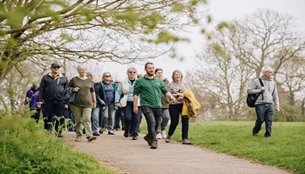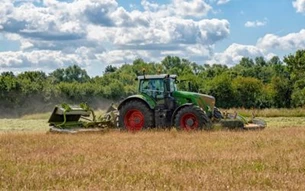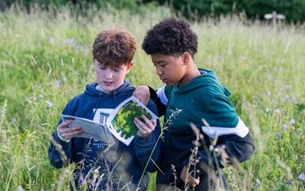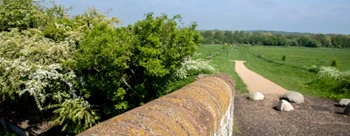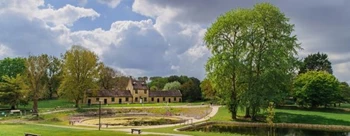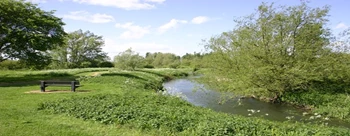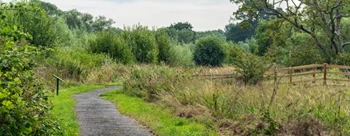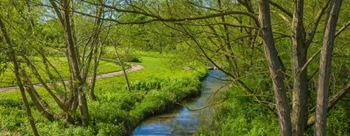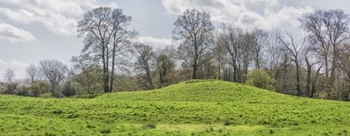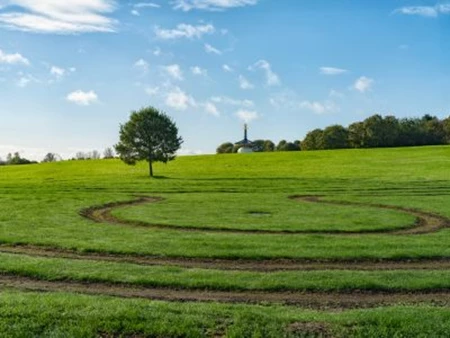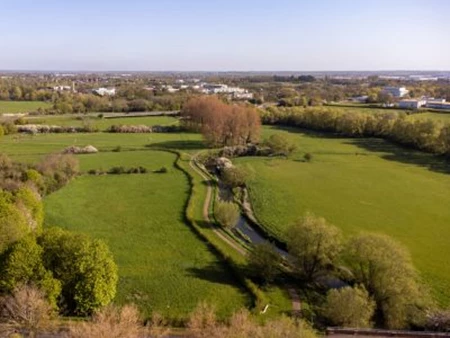Woolstone Medieval Fishponds
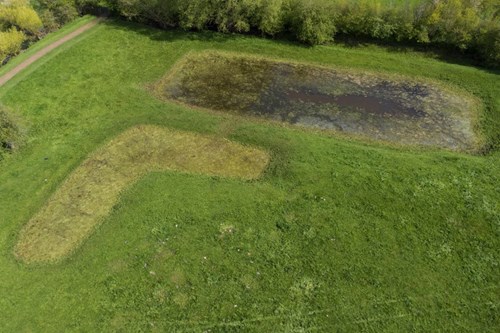
Along the Ouzel Valley, at Great Woolstone, is evidence of a moated site and medieval fishponds situated beside the river.
The fishponds were used to farm fish and date from the 14th century. Fish was an important part of people’s diet in the medieval period. Most people in England at the time were Catholic and the Church forbade the eating of meat on Friday and during Lent but allowed fish. Those few who could afford it had fresh fish whenever possible; it was a status symbol to be able to do so. Peasants (the vast majority of the population) would have mostly eaten salted fish. These series of fishponds would have produced fish for the manor house and for sale.
The river Ouzel provided a supply of fresh water for the ponds. The fish farm originally worked with one large pond (still visible beside the hedgerow) to store the live fish but developed into a system of ponds for breeding. Eight ponds held the fish at different stages of growth, finishing with a storage pond for mature fish. There was also a separate pond for the pike, as they would have eaten the other fish!
The most common freshwater fish were pike, eel, bream, tench, roach and perch. Carp was not introduced until the 16th century; trout was not valued as a food.
You can also see part of the medieval moated platform where the manor house would have been situated (only the ditch on the south and west sides remain). The house was the property of the Pever family up to the middle of the 14th century and the Green family of Wavendon thereafter, but very little is known of its history or what it looked like.
The church building you see on site today was built in 1839 and closed in the 1970s, but is on the site of the medieval church.
This is a scheduled ancient monument.

